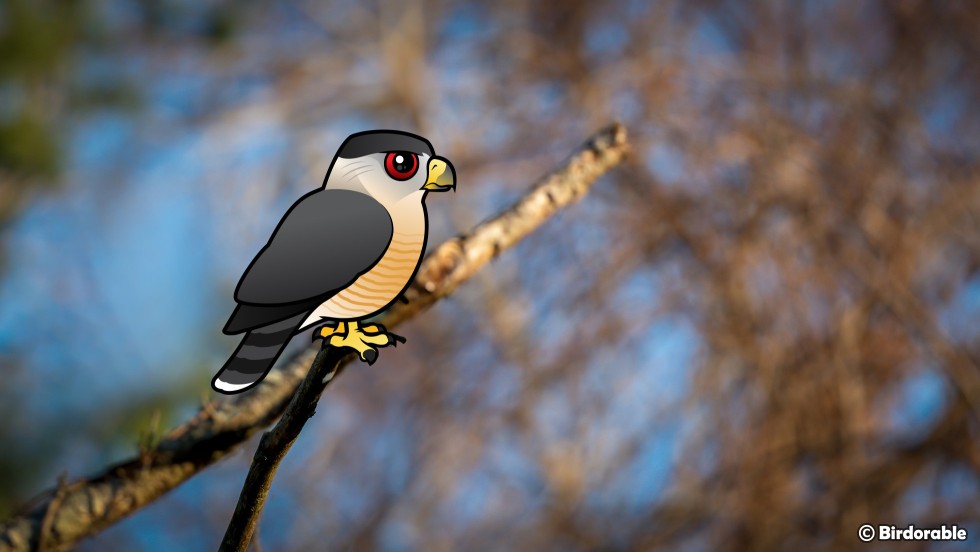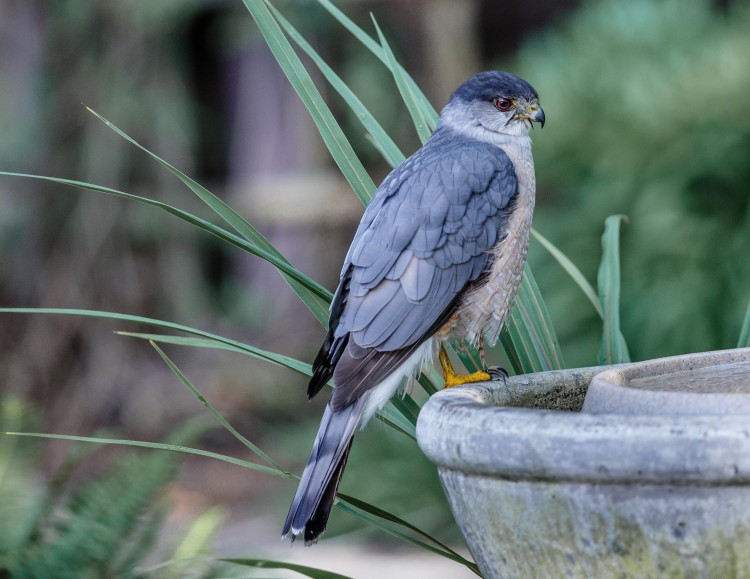The Birdorable Cooper's Hawk: An Avian Daredevil of the Forest

The Cooper's Hawk, a nimble and adept hunter of the bird world, makes its home in the dense evergreen and deciduous forests stretching across southern Canada and the United States. Named in 1828 in honor of William Cooper, an American zoologist who was instrumental in the collection of specimens that led to the species' description, this bird has carved out a unique niche in the avian hierarchy. While it is admired for its agility and hunting prowess, it has also earned the nicknames "Chicken Hawk" or "Hen Hawk" due to its occasional ventures into poultry farms, where it may prey on unsuspecting chickens.
The life of a Cooper's Hawk is one of high stakes and high speed. These birds are known for their audacious hunting technique, which involves darting through dense vegetation and narrowly spaced trees to catch other birds. This method, while effective, comes with a significant risk of injury. The environment in which they hunt is fraught with obstacles, and collisions are not uncommon. Remarkably, a study highlighting the resilience of these birds found that 23 percent of all Cooper's Hawks examined had healed fractures in the bones of their chest. This statistic underscores the perilous nature of their daily existence, but it also showcases their incredible ability to recover and adapt.
Despite the dangers they face, Cooper's Hawks play a crucial role in the ecosystem. As predators, they help maintain the balance of bird populations within their habitat. Their presence ensures the health and vitality of the forest ecosystems, acting as a natural control mechanism for prey species populations. The survival skills of the Cooper's Hawk, including their remarkable speed and agility, are a testament to the evolutionary adaptations that have enabled them to thrive in their specific niche.

Cooper's Hawk by PEHart (CC BY-SA 2.0 DEED)













Comments
Be the first to comment
Thank you!